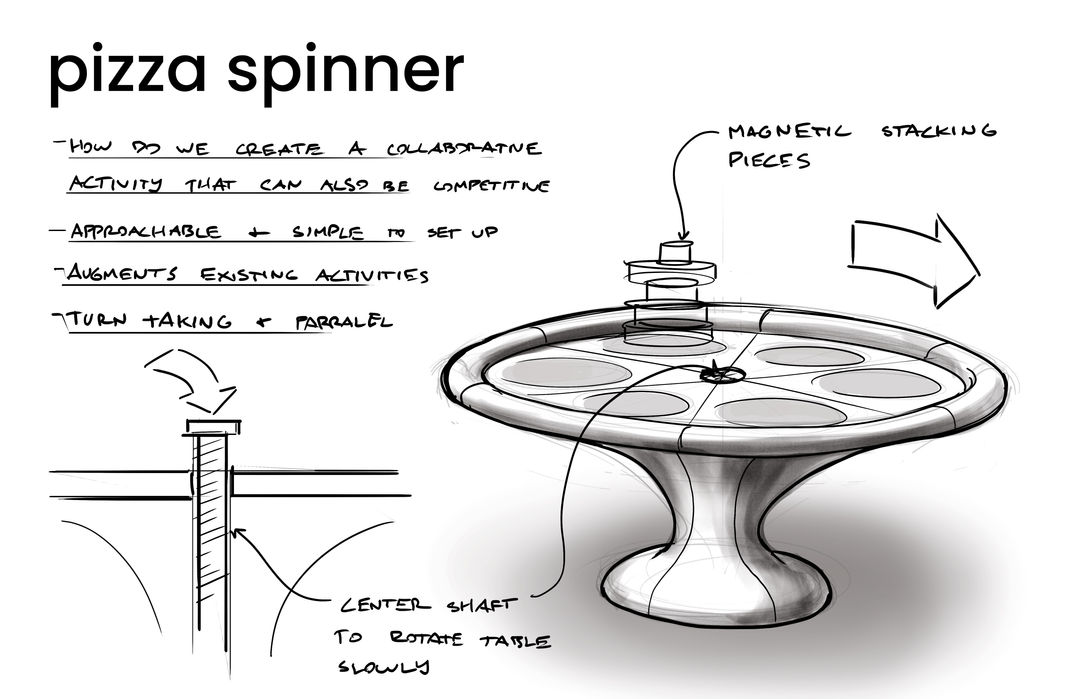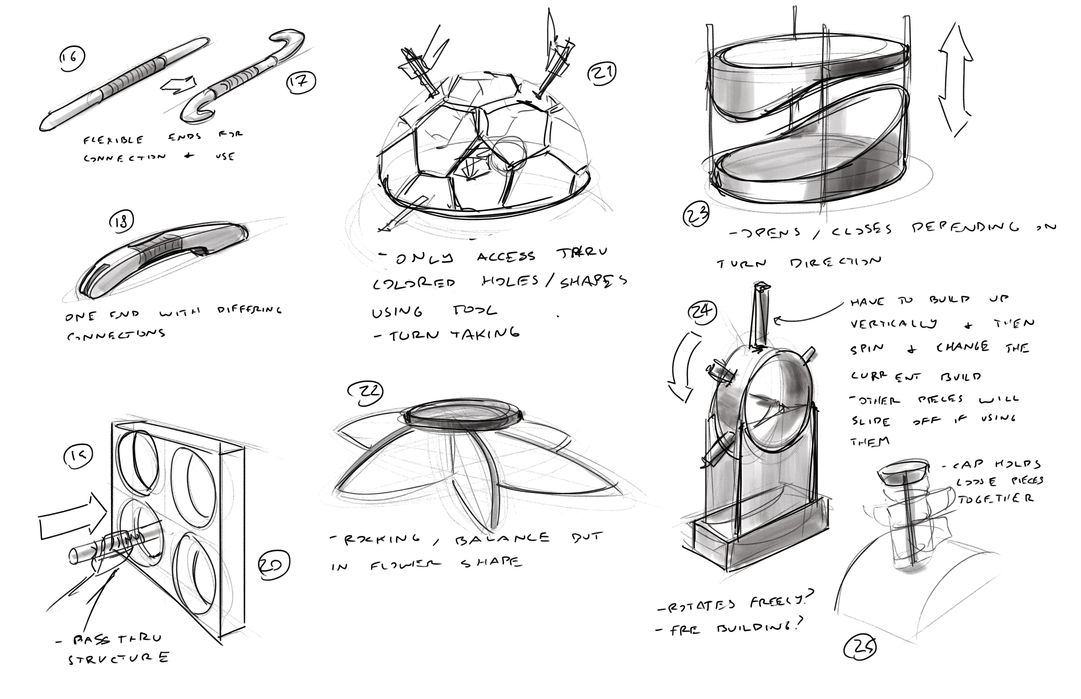LOOPS
Play for Communication
LOOPS is an intuitive, modular game designed to initiate and engage users in cooperative play with peers. Designed for children with autism in mind, LOOPS is a satisfying activity while alone, with a friend, or with a group. LOOPS supports solo, parallel, and group play activities

Autism Spectrum Disorder affects an estimated 1 in 36 children in the US
- Via CDC (2023)

“If they can't learn the way we teach, we teach the way they learn”
-Dr. O. Ivar Lovaas
There is a common misconception that Autism inhibits one’s abilities
Autism is simply a difference in the way that individual’s brain operates
Autism, or autism spectrum disorder, refers to a broad range of conditions characterized by challenges with social skills, repetitive behaviors, speech and nonverbal communication
Children with autism can have trouble relating, communicating, and playing with their peers
How might we engage children with ASD
in physical play with their peers
to improve social communication skills?
Importance of Play in Child Development
Whether it be group play, parallel play, or solo play, these different types of play promote equally important and necessary skills for children
Kids need the opportunity to engage in both play structures for well-rounded development. Finding the proper balance is key to maximize a child’s learning experiences
Cognitive

Problem-solving, Critical Thinking, and Language development
Emotional

Outlet to express emotions, thoughts, and emotional regulation
Social
Communication Skills, Teamwork, Cooperation, and Relationships

Physical

Motor Skills, Physical Fitness, Coordination, Balance, and Stamina

Inspired by Tactility
and Familiar Forms
Design Parameters
Approachable
Intuitive
Sensory Stimulating
Cooperative

User Testing
Children with Autism ages 5-7
Working with a professional children's behavioral therapist, I was able to put my prototypes quickly into the hands of my user
Observations :
-
-
-
-
-
-
10 Min of exploration with minimal therapist direction
Attraction to magnetic connections
Physical parameters of gates and openings difficult
Played on the ground
Interest in light up rope
Needs payoff for exploration to keep attention


Ground Activity
Children love to spread out and play on the ground, so the game must be equally suited for this large flat environment
Applying Insights
Final Prototyping
Using my observations & insights, I moved into building a working mockup with added details & off the shelf electronics repurposed from a light up jump rope.

Quick thoughts on form & design solutions during 3D modeling

LOOPS parts 3D printing

3D printed LOOPS hub with wood veneer wrap

Laying out and planning fiber optic passthrough in LOOPS gate


LOOPS magnetic end Internals and layout

LOOPS magnetic end

Deconstructing Light up Jump Rope for electronics, switch, and LEDs


Notes on LOOPS hub assembly and fitting electronics
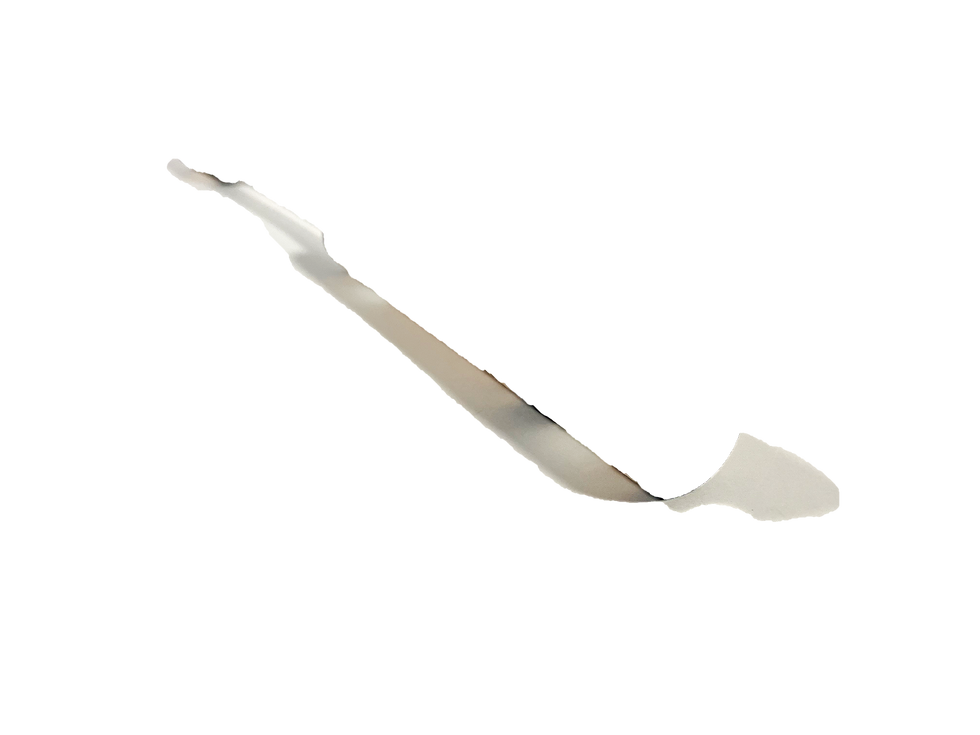


Final Models

Final Models

Getting Started
with LOOPS
1 - Start
-
Power On using Ring Selector
-
Turn Ring to select
2 - Select
-
Select Game Mode
-
Use Lights to guide you
-
Match the colored ends
3 - Explore
-
Connecting links changes the color
-
Passing through the gates changes color
-
Learn the patterns
4 - Play
-
Add Links and pass through Gates
-
Add Links from both sides of the Loop
-
Cooperate with others and create LOOPS!











Rigid Connections
Motor skills are often still developing. Creating rigid physical connections between peers can be frustrating. Having some flexibility is huge in preserving fun.
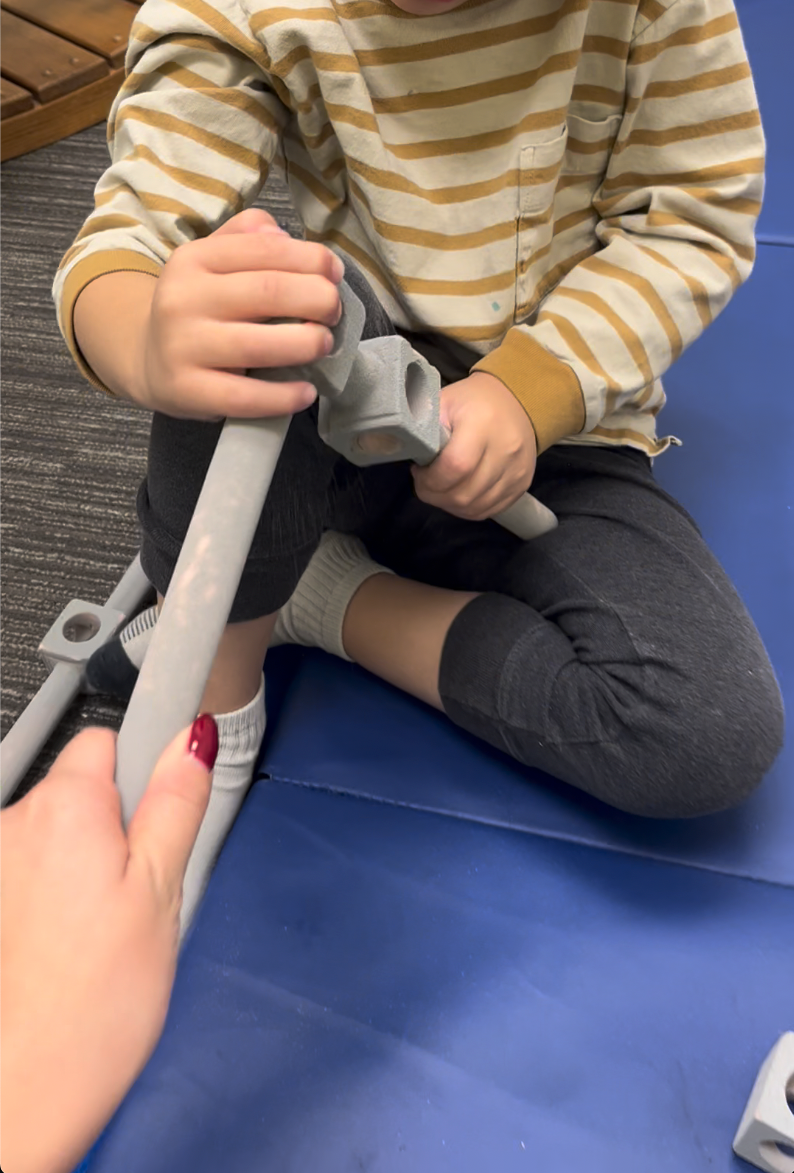
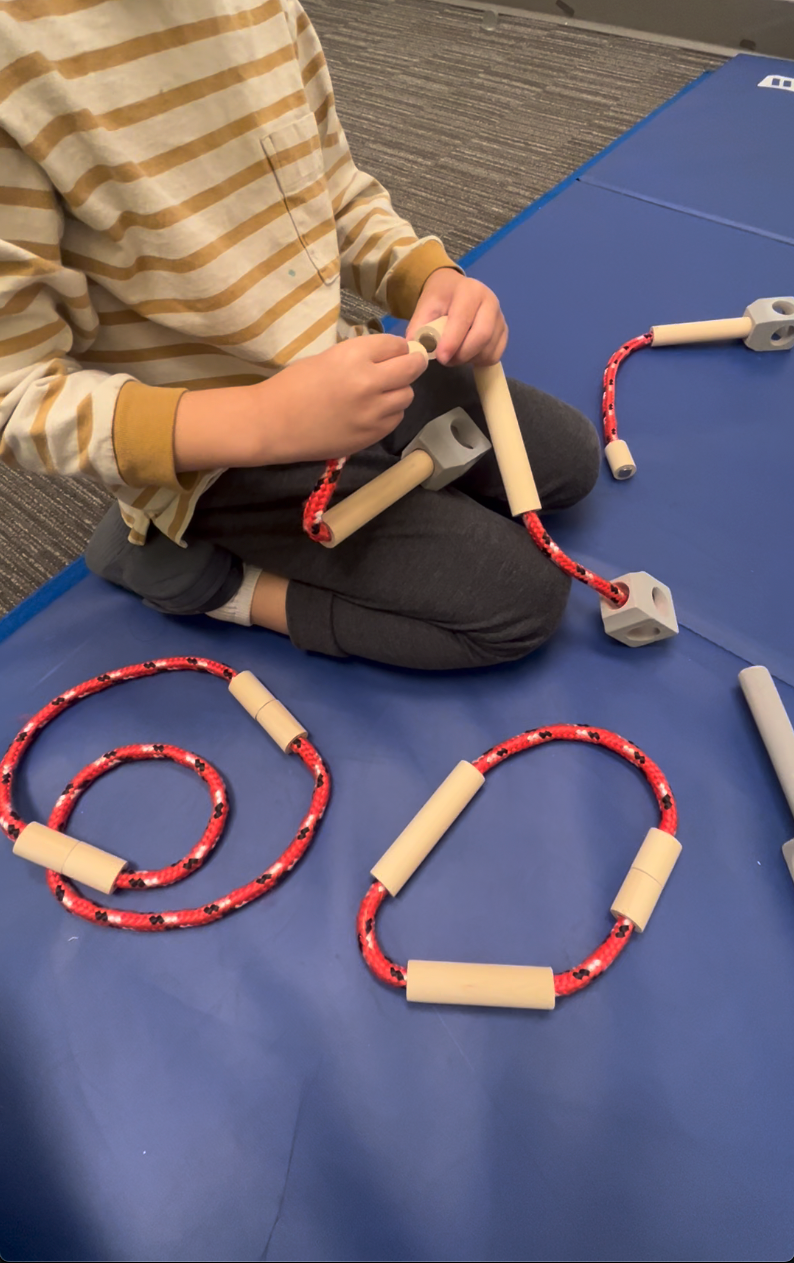

Magnetic Attraction
Instant understanding of magnetic connections, but lacking goal. Needs visbile signifiers and a payoff to encourage more connections and exploration.




